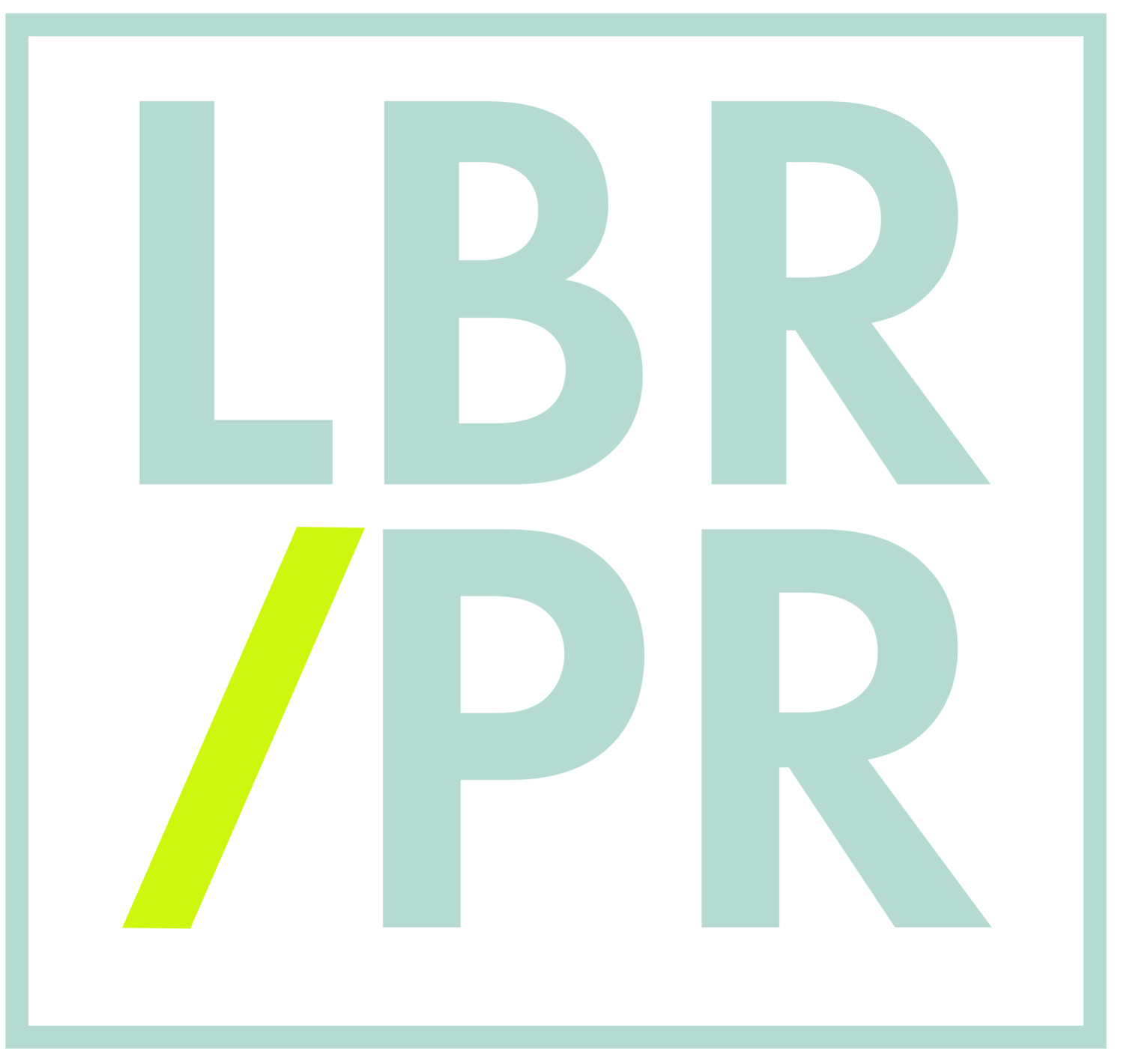What to look for in a PR partner + Red Flags
Start with a chemistry check
Start with a chemistry check. You will bring to this relationship sensitive questions, half formed ideas and business decisions that carry real risk. You need a partner you trust under the hood - someone who knows what to ask, spots third rails and tells you the truth. If you do not feel that in the first conversation with a prospective PR partner, keep looking. The right fit makes it easy to say the quiet parts out loud and helps you decide what belongs in the public forum.
Not sure what to ask in that first exploratory call? Try these 5 questions.
Q1: How do you measure success?
What to listen for: A mix of qualitative and quantitative metrics that tie back to your goals. Not vanity metrics. Examples you might hear based on your campaign goals could include:
Quantitative: Media requests, earned placements by tier, share of voice, traffic lifts, backlinks, lead inquiries or conversions, AI visibility.
Qualitative: Message pull through, credibility and reputation lift, new business opportunities, AI narrative consistency.
Red flag: Reach isn’t always the number one indicator of a successful placement. Touting big circulation numbers in place of targeted hits (think WSJ vs. Automotive News if you are looking to earn market share with owners of car dealerships) might be a red flag that strategy is less important to a firm than overall metrics.
Q2: Who will be on my account team?
What to listen for: Clear ownership by a senior lead - ideally the one you are meeting with throughout the sales process - a day to day contact who moves things forward and specialists that can be tapped when needed.
Red flag: Bait and switch. If you meet the rainmaker in sales mode then get handed to a brand new team, it could spell trouble. What’s more, at larger agencies smaller accounts may end up with junior talent. Make sure the team you are meeting is the one who will be active with you and your business.
Q3: Can you guarantee placements?
Short answer: No. Earned media is never guaranteed and this is a *bit* of a trick question. Any publicity firm worth their salt will say NO and explain why.
What to listen for: Confidence in positioning your business within the media, clarity on targets, a plan for timing and angles and a track record that shows how they navigated similar work.
Red flag: Anyone who promises coverage, especially if they lead with it. That usually means pay to play or low quality hits that do not move the needle. Forbes Uzbekistan may run your “article” but it’s not helping build authority or visibility.
Q4: What is expected of me, the client?
What to listen for: A realistic request for facetime with a founder or point person, clarity on approvals and a plan to use coverage once you have it. They should ask for basics like headshots, product shots, a clean bio, a current press page and how your business plans to capture interest when traffic arrives.
Red flag: A partner who says “we can do this without you.” PR requires access, information and approvals.
Q5: What happens if we aren’t getting traction?
What to listen for: Proactive problem solving. They should explain how they diagnose stalled pitches, adjust angles and timing, widen or tighten target lists and bring you proactive solutions BEFORE things get too quiet.
One of the biggest complaints we hear from clients who have had a bad experience with a PR team in the past is around the deafening silence when a campaign isn’t landing. You want a team who is coming to strategy sessions teeming with ideas, questions and creative angles to insert your narrative into the media. Silence from the media happens, but there should never be silence from your team.
Red Flag: When met with a question about traction challenges, they say, “that would never happen because of the strengths of our relationships.” The truth is, no matter how great a relationship, the journalist still has to serve their audience/editor - and if the story is not a fit, it’s not a fit. PLUS, in today’s media landscape journalists are constantly moving around, so that guaranteed “in” for feature coverage at the NYT today might not be there tomorrow.
Bottom line
Pick a partner who passes the chemistry test, measures what matters, staffs with the people you’ve met and vetted and refuses to guarantee what cannot be guaranteed. The right partner will set clear expectations and demonstrate to you how they course correct. They will pick up the phone and have the hard conversations about what’s working - and more importantly, what isn’t. That is the team who will deliver results and who you want beside you when the spotlight turns on.

